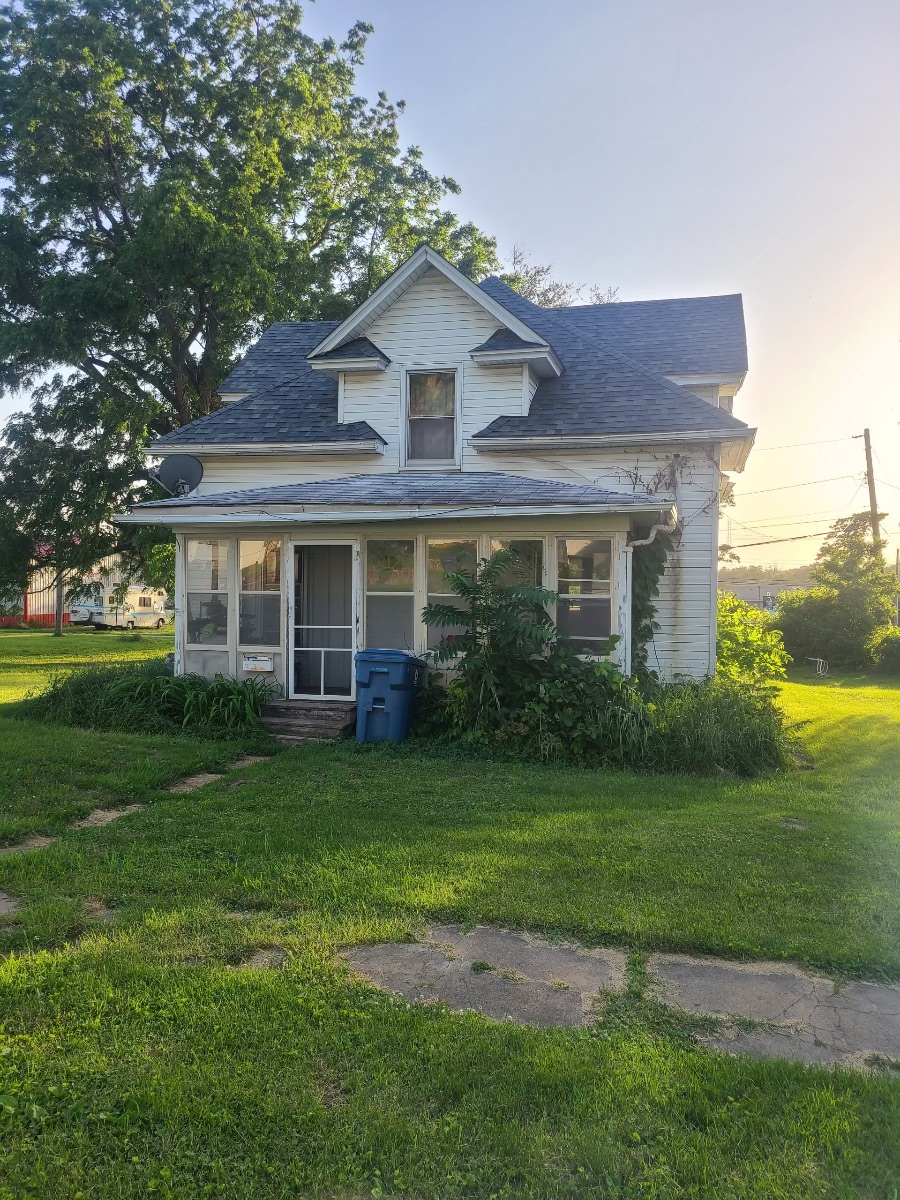Purchasing your first home can feel overwhelming, especially when navigating the nationwide buying first home process. Understanding the steps involved is crucial to making informed decisions and ensuring a smooth transition into homeownership.
First, establish your budget. Determine how much you can afford by assessing your income, expenses, and potential mortgage options. Getting pre-approved for a loan is a wise move, as it gives you a clear understanding of your financial limits and strengthens your position when making an offer.
Next, research the housing market in the areas you’re interested in. Consider factors such as neighborhood safety, school districts, and proximity to amenities. Utilizing online resources and consulting with real estate agents can provide valuable insights into local market trends.
Once you have a budget and location in mind, it’s time to start searching for properties. Focus on
- distressed properties that may require renovation,
- ugly houses that could be transformed into dream homes, or
- well-maintained homes that meet your needs.
Don’t forget to schedule home inspections to uncover any underlying issues before finalizing your purchase. This step is critical, especially for distressed properties, as it can save you from costly repairs down the line.
Finally, once you find the perfect home, make your offer and be prepared for negotiations. Remember, patience is key in this process.
If you’re looking to sell your house fast, or if you own a distressed property, we buy houses fast, we buy distressed properties, we buy ugly houses. Reach out today to learn how we can assist you!
Key Financial Considerations for First Time Buyers
When embarking on the journey of buying your first home, it’s essential to grasp the key financial considerations that will impact your purchase. Understanding these elements can help you make informed decisions and avoid potential pitfalls.
One of the first financial factors to consider is your down payment. Traditionally, home buyers aim for a 20% down payment to avoid private mortgage insurance (PMI) and secure better loan terms. However, many programs allow for lower down payments, making homeownership accessible to a broader audience.
Next, factor in closing costs, which can add an additional 2% to 5% to the purchase price. These may include appraisal fees, title insurance, and attorney fees. Being prepared for these costs will help you avoid surprises at the closing table.
Another critical aspect is your monthly mortgage payment. This will include not only the principal and interest on your loan but also property taxes, homeowners insurance, and possibly PMI. It’s vital to calculate your total monthly housing expense to ensure it fits within your budget.
Additionally, consider your credit score as it plays a significant role in determining your mortgage interest rate. A higher credit score can save you thousands over the life of the loan, while a lower score may limit your options or increase your costs.
Finally, think about ongoing maintenance costs. Owning a home comes with responsibilities, and budgeting for repairs and maintenance will ensure you’re not caught off guard by unexpected expenses.
Choosing the Right Location for Your New Home
Choosing the right location for your new home is a critical factor that can significantly impact your lifestyle and investment potential. When considering where to buy your first home, there are several essential aspects to keep in mind.
First, evaluate the neighborhood. Look for areas that align with your lifestyle preferences—whether you prioritize a quiet suburban environment or a vibrant urban setting. Research local amenities such as parks, restaurants, and shopping centers, as these can enhance your living experience.
School districts are another important consideration, especially for first-time buyers planning for a family or those who may sell their homes in the future. Homes in reputable school districts often retain their value better and can be easier to sell later.
Accessibility to transportation is also crucial. Consider the proximity of public transit options, major highways, or commuting routes. A well-connected location can save you time and money in daily travel, making your home more desirable.
Additionally, assess the neighborhood’s safety and crime rates. Research online resources or connect with locals to get a sense of the area’s safety. A secure environment is a top priority for most homebuyers and can greatly affect your comfort and peace of mind.
Lastly, be mindful of future development plans in the area. Investigating whether there are any proposed developments, zoning changes, or infrastructure upgrades can give you insight into how the neighborhood may evolve over time, potentially impacting property values.
Evaluating Properties: What to Look For
When it comes to evaluating properties, knowing what to look for can make all the difference in your homebuying experience. As a first-time buyer, it’s essential to approach this task with a keen eye and a checklist in hand.
Start by assessing the structural integrity of the home. Look for signs of damage such as cracks in the walls, sagging ceilings, or water stains. These could indicate underlying issues that might require costly repairs. Additionally, check the foundation and roof, as these are critical to the overall safety and durability of the property.
Next, pay attention to the electrical and plumbing systems. Ensure that the wiring is up to code and that the plumbing is functioning properly. An inspection can help identify potential problems before they become significant headaches.
Don’t forget to evaluate the kitchen and bathrooms, as these areas often dictate the home’s functionality and resale value. Look for modern appliances, sufficient storage, and overall layout. If renovations are needed, consider how much time and money you are willing to invest.
Another vital aspect to focus on is the outdoor space. Assess the yard size, landscaping, and any outdoor amenities, such as patios or decks. A well-maintained outdoor area can enhance your quality of life and provide additional entertainment space.
Finally, consider the neighborhood’s overall condition. Walk around and observe the homes and streets. Are they well-maintained? A neighborhood in good condition can reflect positively on your property value and your living environment.
Navigating Home Financing Options Effectively
Navigating the world of home financing can seem overwhelming, especially for first-time buyers. However, understanding your options can empower you to make informed decisions and secure the best deal possible.
First, familiarize yourself with the different types of mortgages available. The most common options include fixed-rate mortgages, adjustable-rate mortgages (ARMs), and government-backed loans such as FHA and VA loans. A fixed-rate mortgage offers stability with consistent monthly payments, while an ARM may start with lower rates but can fluctuate over time.
Once you’ve chosen a mortgage type, it’s essential to shop around for lenders. Different lenders may offer varying interest rates, fees, and loan terms. Comparing quotes from multiple lenders can help you find the most favorable financing conditions. Don’t hesitate to negotiate terms, as lenders may be willing to adjust rates or fees for competitive advantage.
Understanding the down payment requirements is also crucial. While traditional loans often require a 20% down payment, many programs exist that allow for much lower down payments, sometimes as low as 3% or even zero in some cases. This flexibility can make homeownership more accessible.
Additionally, consider getting pre-approved for a mortgage before starting your home search. This process provides you with a clear understanding of how much you can borrow, allowing you to shop for homes within your budget and making you a more attractive buyer to sellers.
Lastly, keep an eye on closing costs. These costs can add up quickly and may include fees for appraisals, inspections, and title insurance. Understanding these expenses upfront can help you avoid surprises and better prepare you for the financial commitment of purchasing a home.
Final Steps to Successfully Purchase Your First Home
As you approach the final stages of purchasing your first home, it’s important to stay organized and focused to ensure a smooth transaction. One of the key final steps is conducting a thorough home inspection. This inspection will help identify any potential issues with the property that may need addressing before finalizing the sale. It’s wise to be present during the inspection to ask questions and understand any necessary repairs.
Once the inspection is complete and you’re satisfied with the findings, it’s time to prepare for the closing process. This includes reviewing all documents related to the sale, such as the purchase agreement and any disclosures from the seller. Make sure to read everything carefully and seek clarification on anything you don’t understand.
During the closing, you’ll also need to bring necessary documentation, including proof of homeowners insurance, your identification, and any funds required for closing costs. It’s advisable to have a real estate attorney or your agent present to assist you, ensuring that all aspects of the transaction are legally compliant.
After closing, you’ll officially be a homeowner! However, the journey doesn’t end there. Consider setting aside funds for future maintenance and repairs, as well as any upgrades you might want to make to your new home.
Finally, if you’re looking to sell your house fast or if you need assistance with distressed properties, remember that we buy houses fast and specialize in buying ugly houses. We can help you navigate the process seamlessly. Visit sbihomes.com to get started today!






